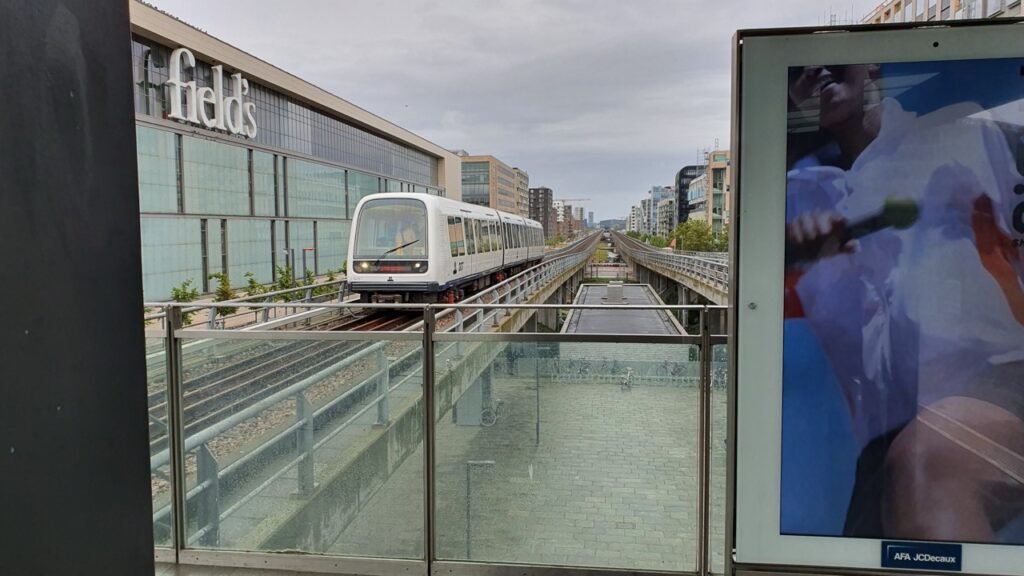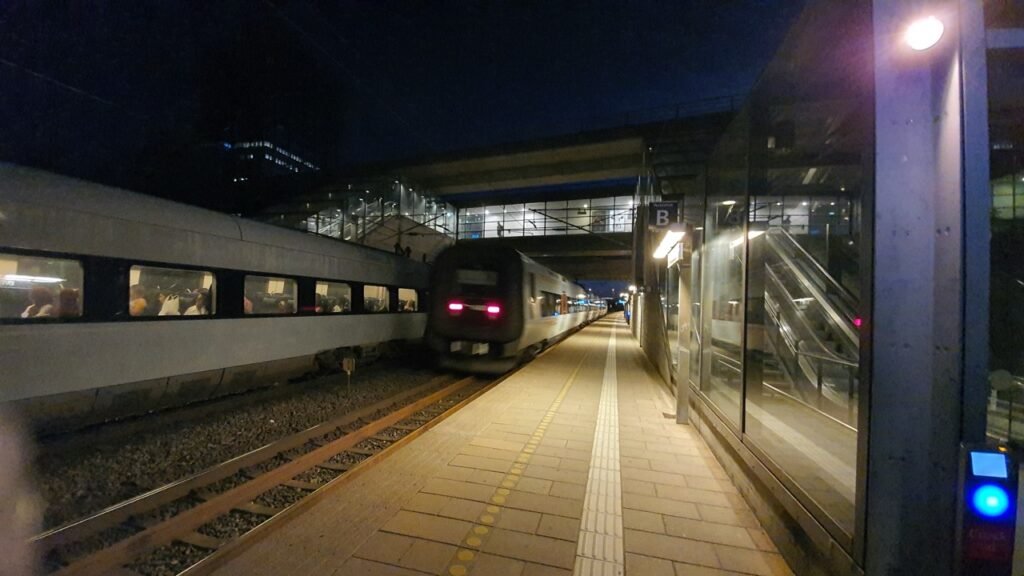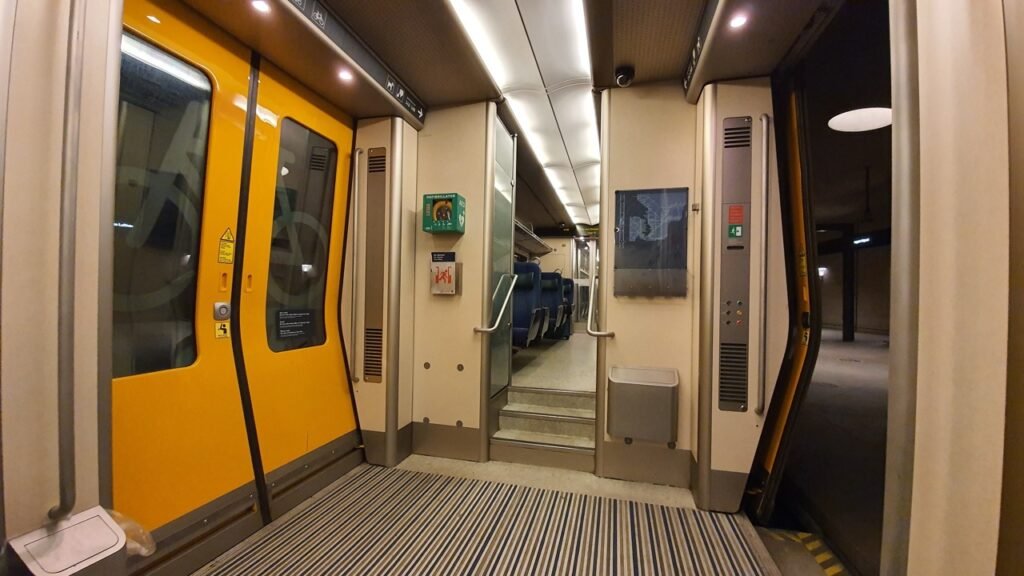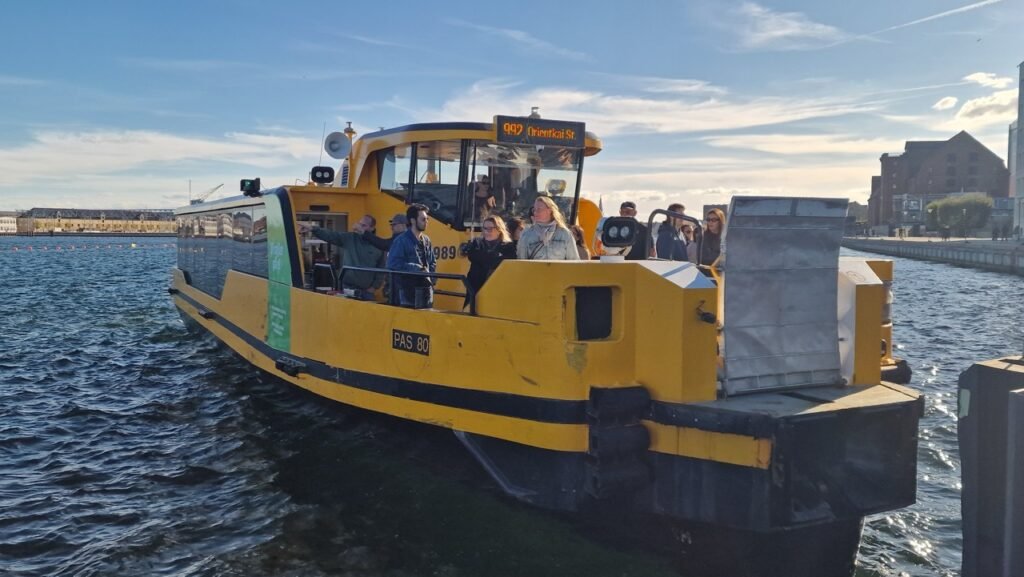Copenhagen’s public transport system is actually quite good in terms of coverage – you can get pretty much anywhere. That said, whether it’s the network or the actual services, sometimes things leave a bit to be desired. If you spend some time here, you might realize your own city’s transportation isn’t that bad after all.
Copenhagen is completely merged with its surrounding suburbs, and that’s clearly reflected in the transport system. You won’t really feel whether you’re inside the city’s administrative boundaries or in another town. Even the metro here runs through multiple municipalities. So what you read here applies not only to Copenhagen proper, but the whole surrounding area.
Copenhagen Public Transport Network
Let’s start with the basics: what kind of network and transport modes can you use in Copenhagen?
Metro
Copenhagen has a relatively new metro system that already covers a large part of the city. It’s also one of only three cities in the world with a metro system that runs 24/7.
Lines 1 and 2 cross the city east-west, with Line 2 reaching all the way to the airport. Line 3 is especially interesting – it’s a circular line that loops around the wider city center in both directions, stopping at most major tourist spots. Line 4 is the newest and currently the least used, running north to south.
All metros are fully automated, and during peak hours the trains on Lines 1–3 get very crowded. You can find the official Copenhagen Metro website by clicking the link.

S-Tog (Suburban Train)
The S-Tog network is an integral part of Copenhagen’s transport system, especially for getting to the suburbs. Its name resembles the German S-Bahn, and in Hungarian it translates roughly to HÉV (suburban railway).
The system connects almost all the surrounding towns and cuts across the city, making it a key part of the public transport network.
Øresundståg (Øresund Train)
The Øresund train crosses the Øresund Strait between Denmark and Sweden. It serves some city districts as well as the airport. While it’s not a common everyday option for locals (except those commuting from Malmö), tourists often use it because of the airport connection.


Bus
Copenhagen and the surrounding municipalities also have an extensive bus network. You can get almost anywhere by bus, especially places not served by the metro or trains.
That said, the bus network is perhaps the weakest link in an otherwise strong system. Buses are infrequent and the network connections can be confusing.
For example, we recently took Bus 68 and wanted to switch to Metro Line 1. Even though the bus literally passed by the Bella Center metro station, it didn’t stop there – we were dropped off nearly a kilometer away and had to walk 10 minutes back.
Harbor Bus (Ferry)
Primarily used by tourists, Copenhagen’s public transport system includes two boat lines. Both travel up and down the canal, essentially along the same route. Line 991 runs north to south, while Line 992 runs south to north.
There’s also a temporary Line 993 that connects Nyhavn and the Opera House during performances.
These boats only run every 30 minutes, but they connect key tourist areas like Nyhavn, the Little Mermaid, the Opera, and Reffen. They’re part of the regular transport system, so standard fares apply. And while we might call them boats or ferries in English, in the local system they’re categorized as buses, or more specifically, “havnebus” (harbor bus).

Copenhagen Public Transport Prices
Public transport in Copenhagen isn’t cheap. And what’s even more confusing at first is that there are so many different ticketing options. If you’re not familiar with the system, it’s easy to get overwhelmed and choose a less-than-optimal option.
Standard Ticket
The simplest option is to buy a single ticket – but even that can be done in several ways. One is the old Rejsekort, a physical card that’s being phased out by 2026, so if you don’t already have one, it’s not worth considering.
You can also buy single tickets using the DOT Tickets app, the Rejsekort app, or the Rejsebillet app.
At some larger stations, you can buy paper tickets from vending machines.
Prices are calculated based on zones, and are higher during peak weekday hours. Most city trips will be 2-zone rides (1-zone is still charged as 2), costing between 19 and 24 DKK depending on time and app used.
If you’re using a standard ticket, don’t forget to check in before boarding and check out when getting off.
Day Pass
In the DOT app, you can purchase day passes called City Pass. You can choose the coverage area (Zones 1–4 for Copenhagen only, Zones 1–99 for Greater Copenhagen). Available durations are 24, 48, 72, 96, and 120 hours.
Prices vary depending on coverage and duration. The longer the pass, the cheaper it is per day. Currently, a 24-hour pass for Zones 1–4 costs 100 DKK, 48 hours is 160 DKK, and 72 hours is 220 DKK.
Other Options
Before you travel, it’s worth checking the apps – especially Rejsebillet – for current promotions. There are often weekend deals or cheaper tickets for specific modes like the metro.
Monthly Pass
If you’re staying longer in Copenhagen, consider buying a monthly pass. You can do this in the Rejsebillet app. Pricing depends on the zones covered.
There are two types: one valid every day, and a slightly cheaper option valid for 20 selected days within a 60-day window.
A two-zone monthly pass (excluding the metro) currently costs 525 DKK, while a three-zone pass is 690 DKK. The metro is an additional 70 DKK per month.
Prices for Children
Kids aged 12–16 can travel on a child ticket, which is 50% of the normal fare. Additionally, one child under 12 can travel free when accompanied by an adult with a valid ticket.
